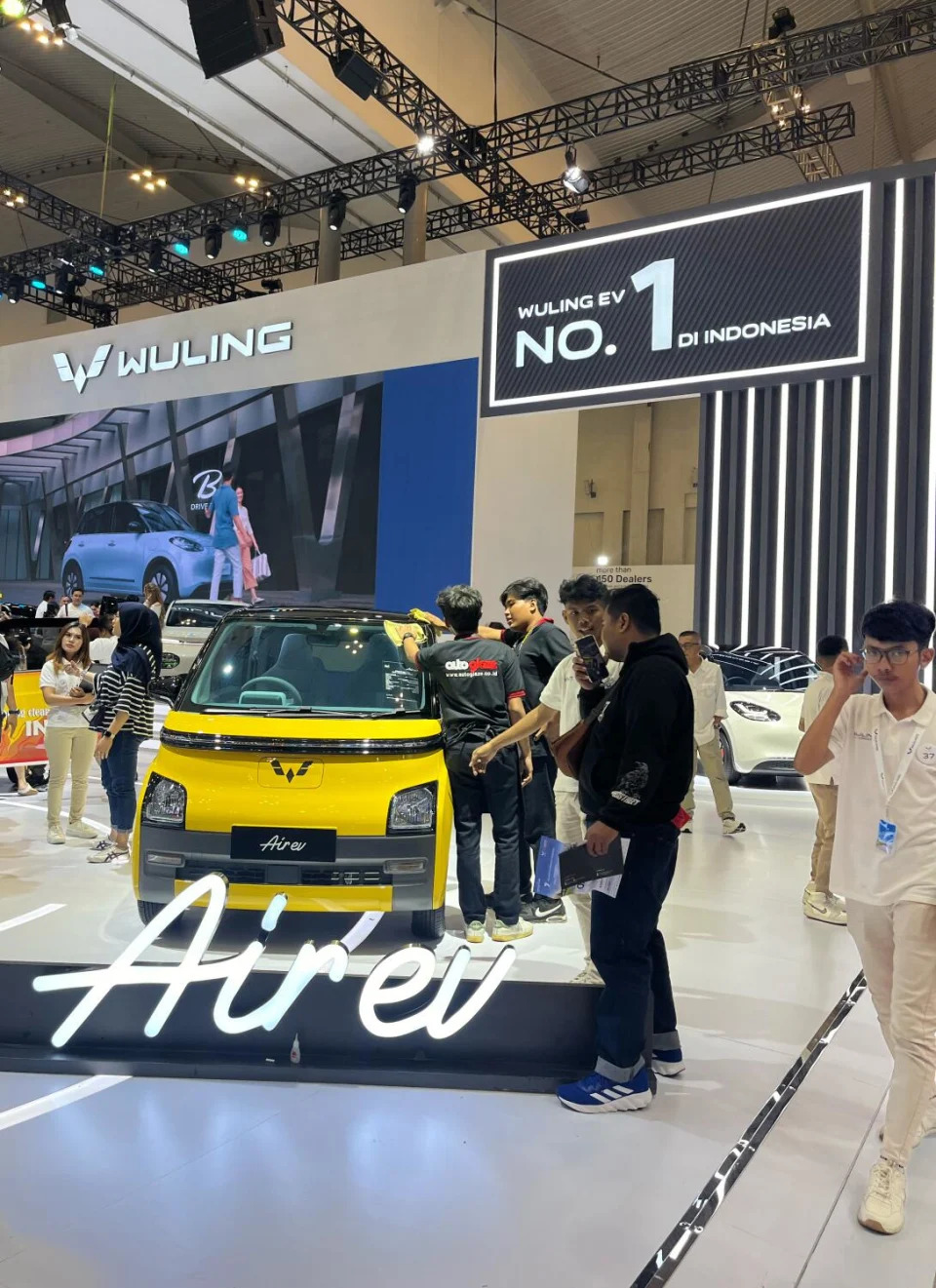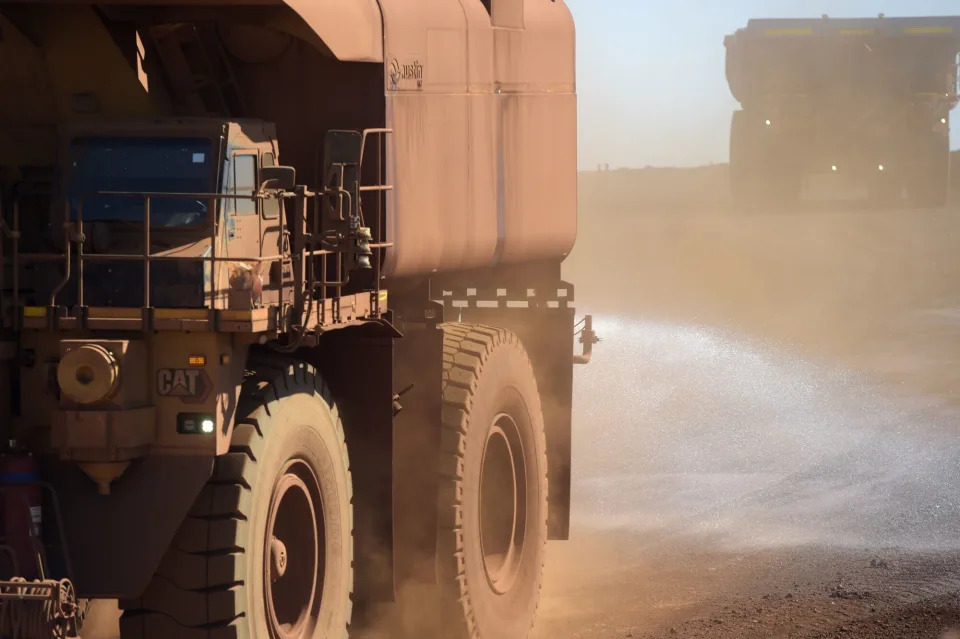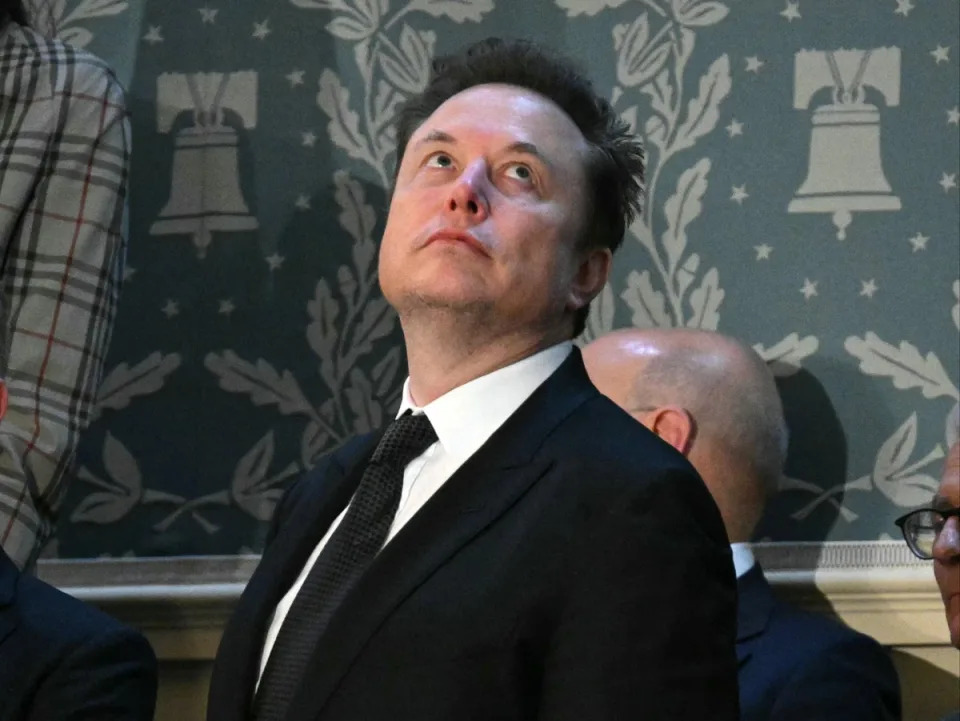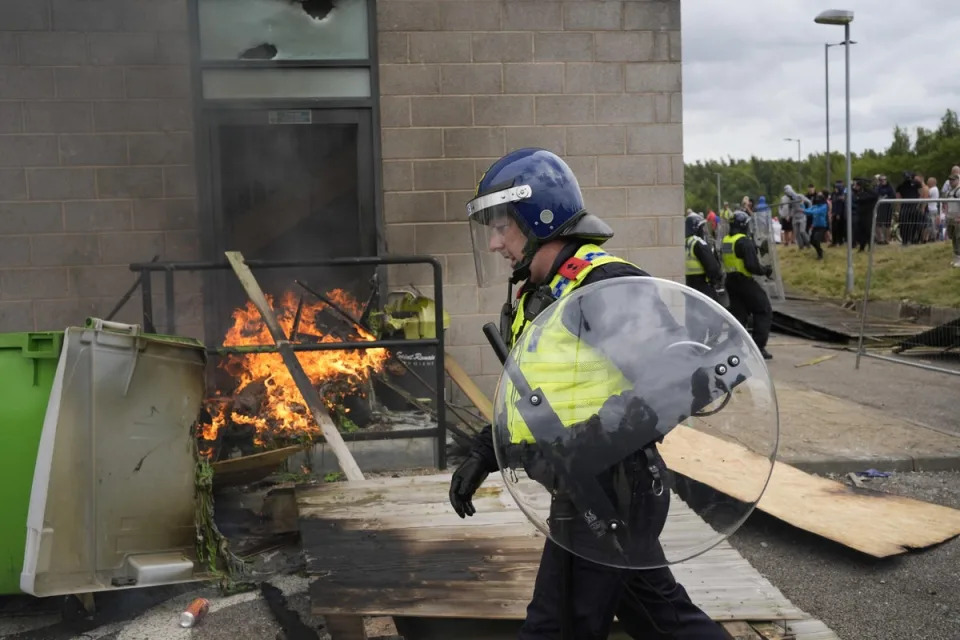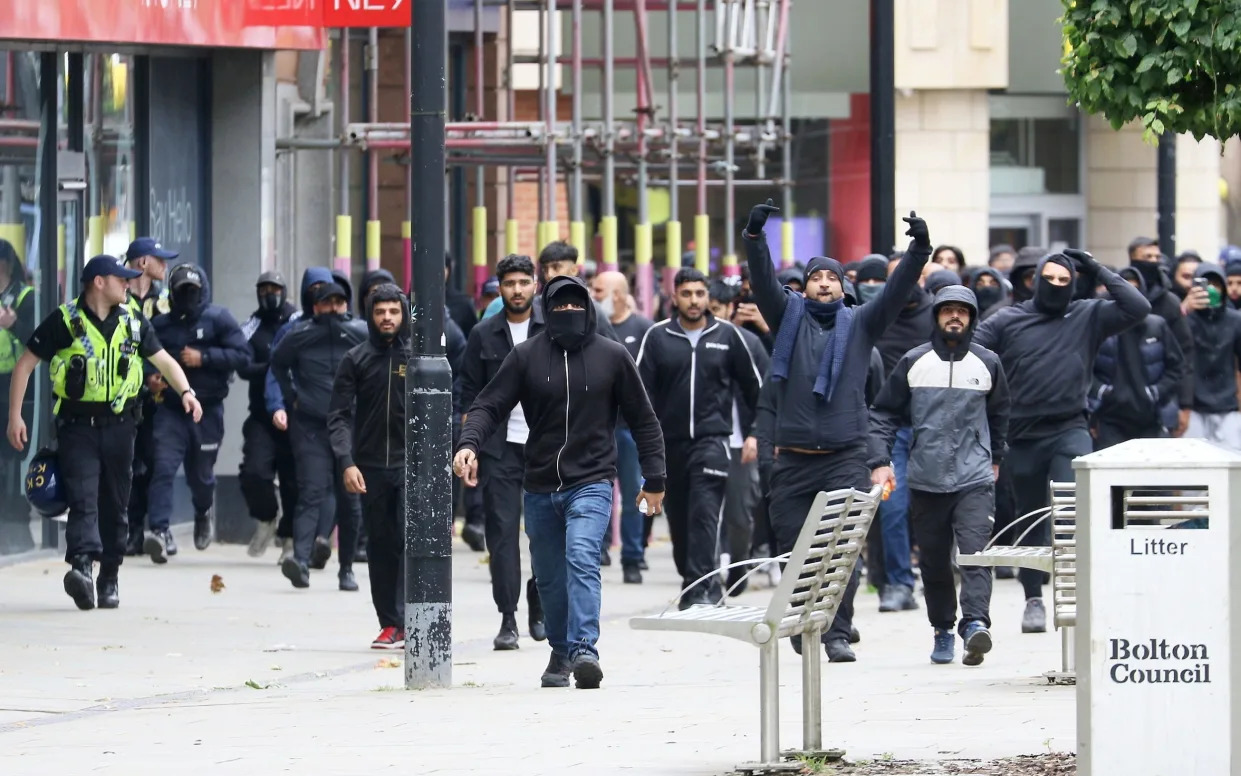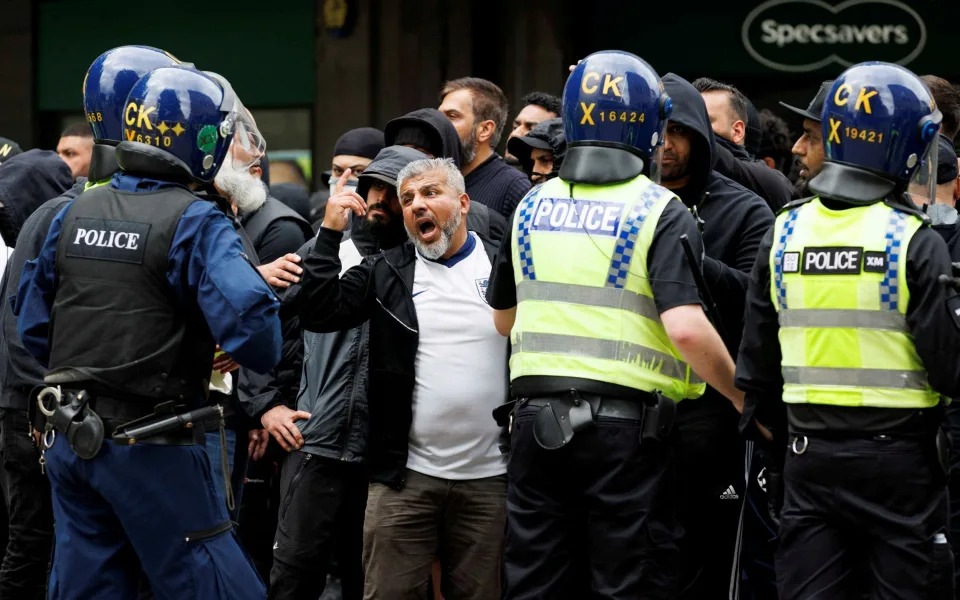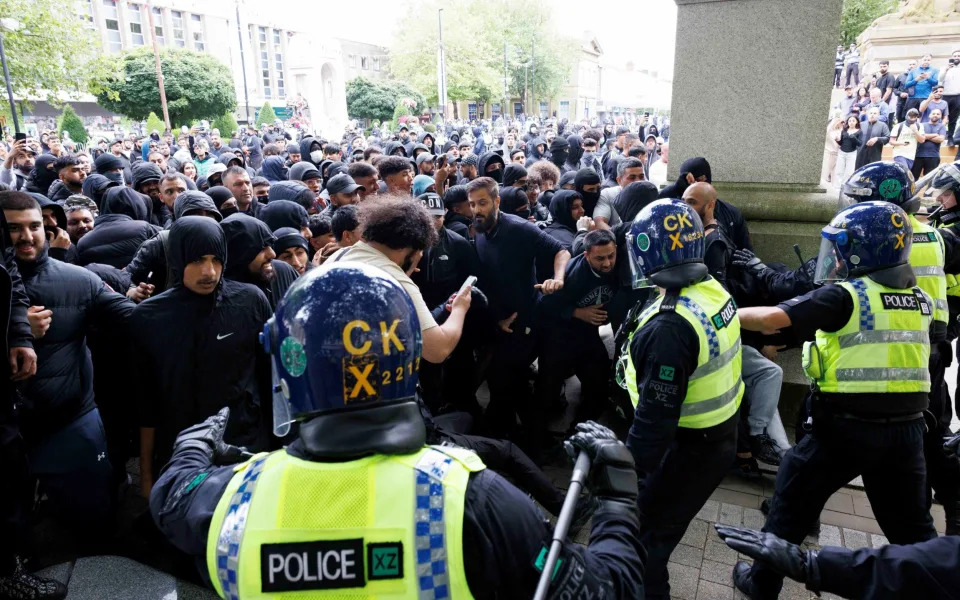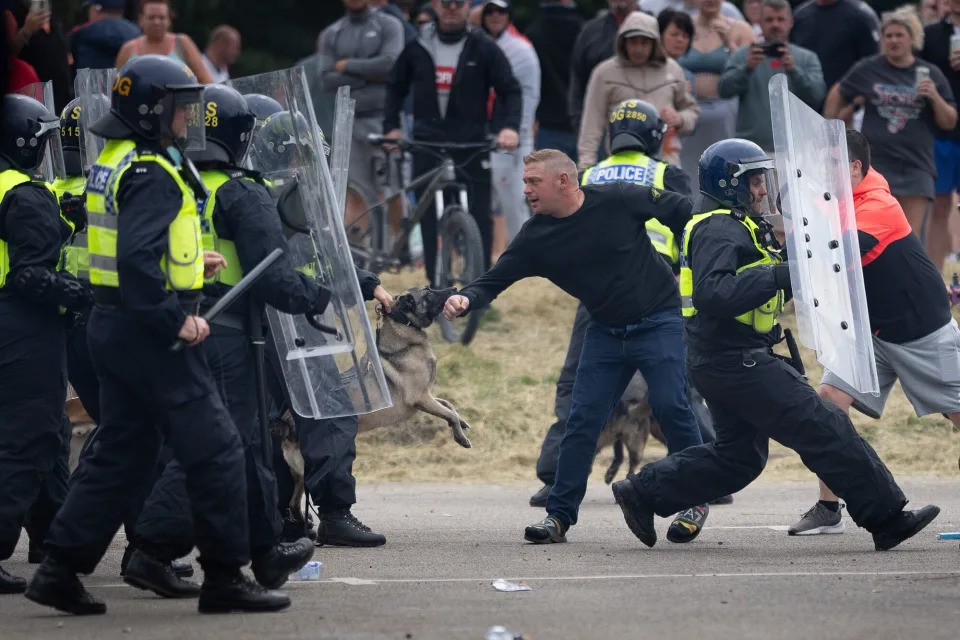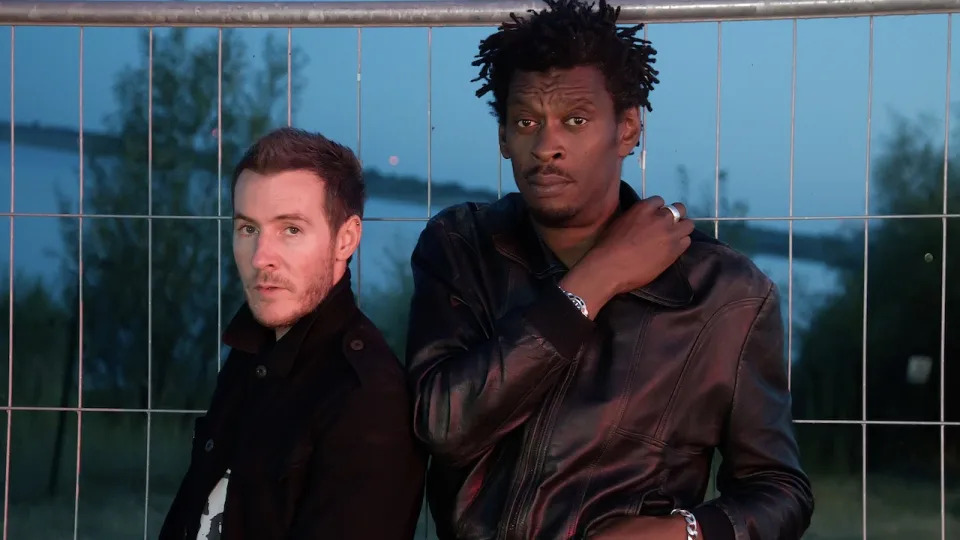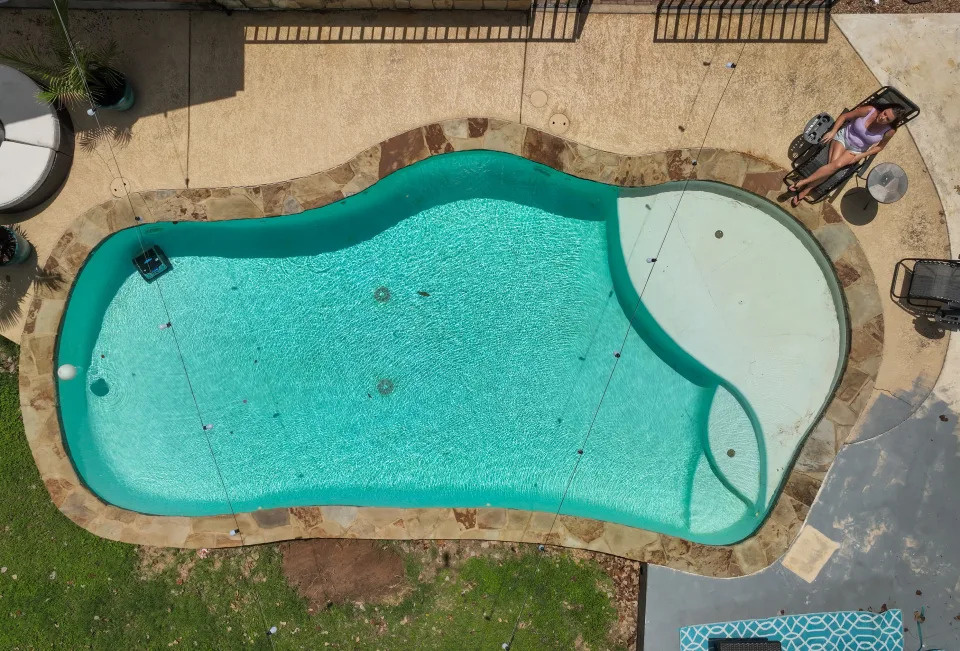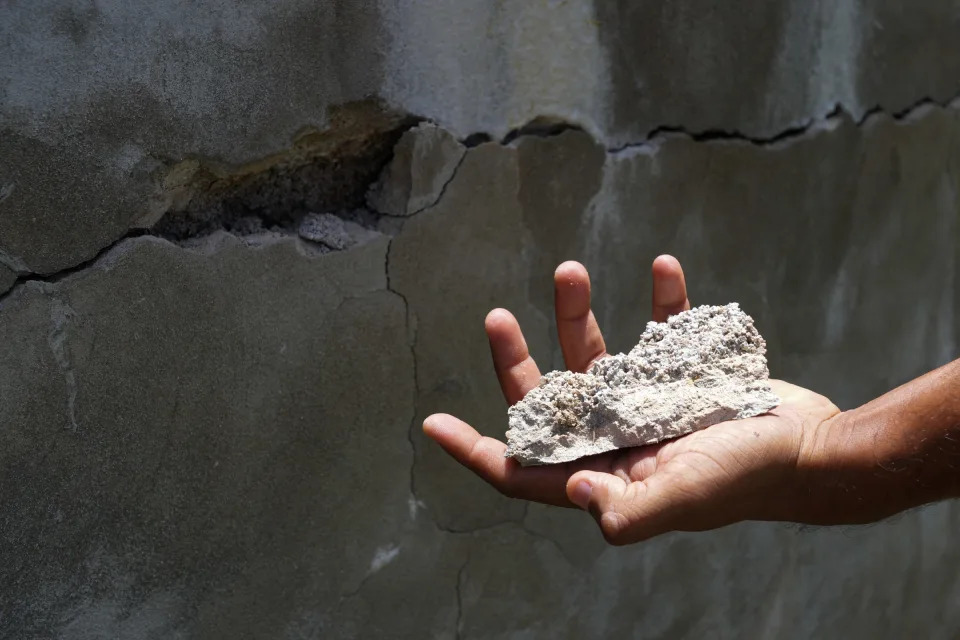Griffin Eckstein
Sat, August 3, 2024
Donald Trump unleashed a tirade against Google during a Friday interview with Fox Business host Maria Bartiromo, accusing the platform of refusing to apologize for blocking some results related to his attempted assassination.
In the segment, in which Trump attempted to outline the dangers of AI before Bartiromo redirected him to the subject of big tech companies, Trump went after the search engine.
Noting that Facebook representatives called him to apologize for flagging some posts featuring photos of his assassination attempt with fact checks, Trump said, “Google, nobody called from Google,” before unloading on the tech company.
In the rant, slammed by the Harris campaign as “unintelligible,” Trump seemingly, though not clearly, accused the search engine of biased search result ranking, a complaint he espoused nearly six years ago.
Trump’s less-than-succinct description, possibly referring to Google’s practice of algorithmic search result ranking, which conservatives have blasted as unfair in recent days, was followed with a harsh warning message to the tech giant.
“Google has been very bad. They’ve been very irresponsible. And I have a feeling that Google’s going to be close to shut down, because I don’t think Congress is going to take it,” the former president told Bartiromo. “I really don’t think so. Google has to be careful.”
Toward the end of the Fox segment, he also mulled stripping Google of its Section 230 protections and praised Elon Musk and X, as Musk throws cash behind a PAC supporting his re-election bid.
Trump’s tenuous relationship with Silicon Valley has improved in many ways since his first term, strengthening ties with tech billionaire Peter Thiel, who groomed Trump’s VP pick JD Vance for office, and seeing bans on his accounts imposed after January 6th lifted. But Google continues to face attacks from the far-right, including accusations of suppressing Trump.








